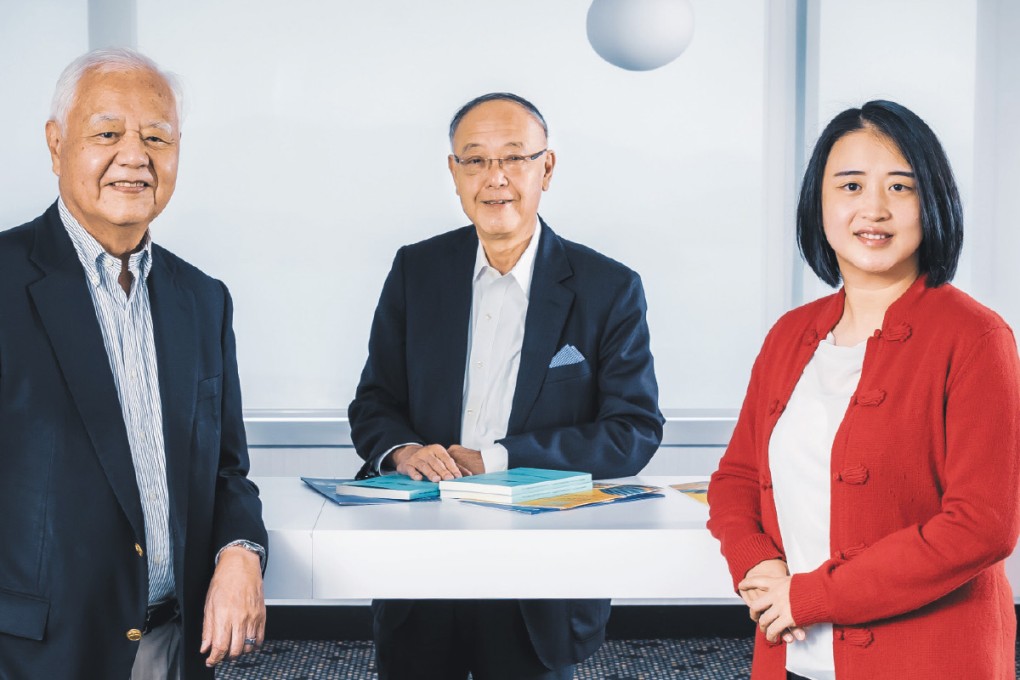Making a Strong Case
HKUST’s extensive collection of Asia-related business case studies has not only led to a distribution partnership with Harvard Business Publishing, but also hit an all-time high in its global reach.

[Sponsored Article]
When it comes to a business education, nothing beats learning from real-life situations. Case studies are where theory intersects with real life and that people’s authentic experiences can provide valuable lessons. For this reason, case studies are held in high esteem and are valued by business educators worldwide.
Since 2018, HKUST’s Thompson Center for Business Case Studies has partnered with Harvard Business Publishing (HBP) to distribute the University’s business cases online via HBP’s case catalog. Its global distribution has now hit a record high, signaling a strong world-wide demand for HKUST case studies.
Cases into the Classroom
“Local case studies are really important for us, because we are able to bring the protagonist of the cases into the classroom. That way the students can hear some of the analysis, and also get some feedback directly from the protagonist,” says Professor Roger KING, Senior Advisor and Founding Director of the Thompson Center for Business Case Studies.
Professor King, who is also Founding Director of the HKUST’s Tanoto Center for Asian Family Business and Entrepreneurship Studies, says that these local cases including those which feature Asian family business and entrepreneurship studies add a new dimension to teaching. Asian cases are bicultural and that’s another important and unique aspect of HKUST’s case studies, he says.
“There is another reason for its importance,” says Professor Winnie Qian PENG, who is the Director of both the Thompson Center for Business Case Studies and the Tanoto Center for Asian Family Business and Entrepreneurship Studies. “Quality Asia-specific case studies are in demand.”
Professor Peng says that HKUST case studies hold incredible values, because most of them are written from the perspective of the key decision-maker and reflect real-life issues in Asia, and the region had the highest economic growth in the past decade and still has a high growth potential for the future. “More and more people in and out of Asia are interested in understanding Asian businesses and doing businesses in Asia,” Professor Peng added.